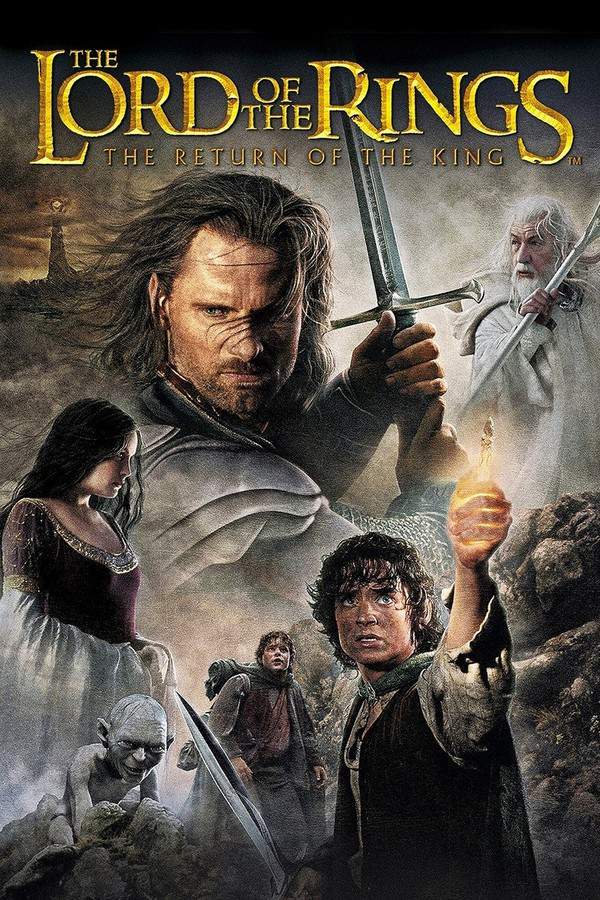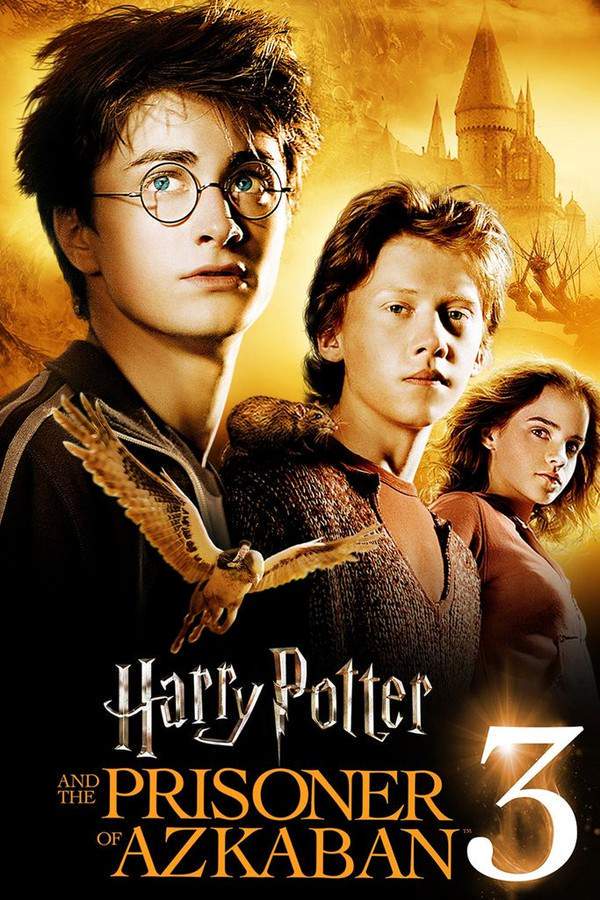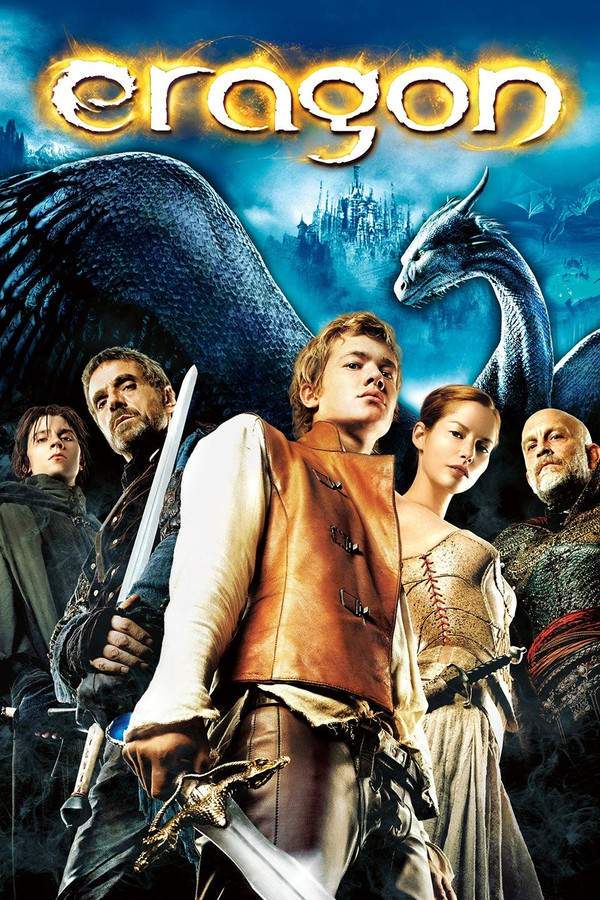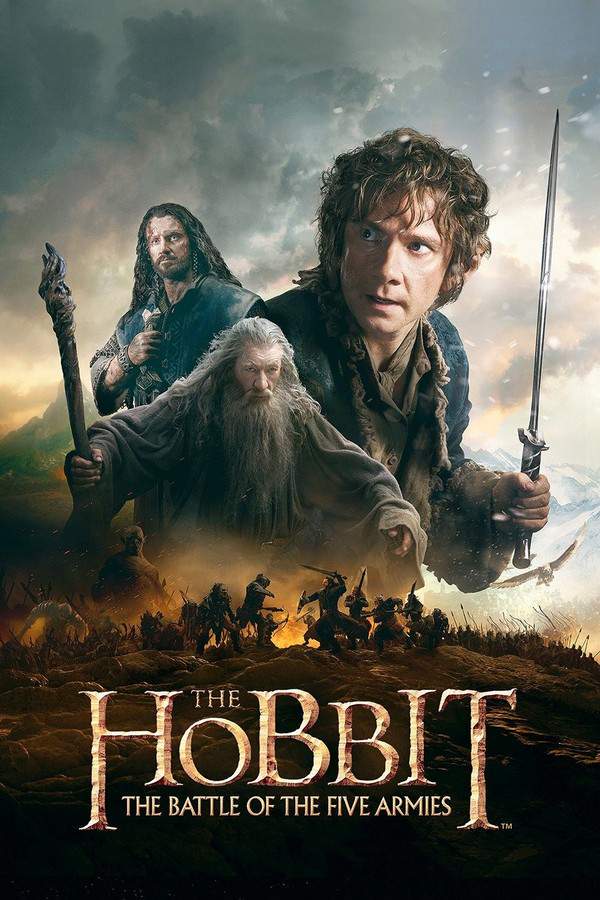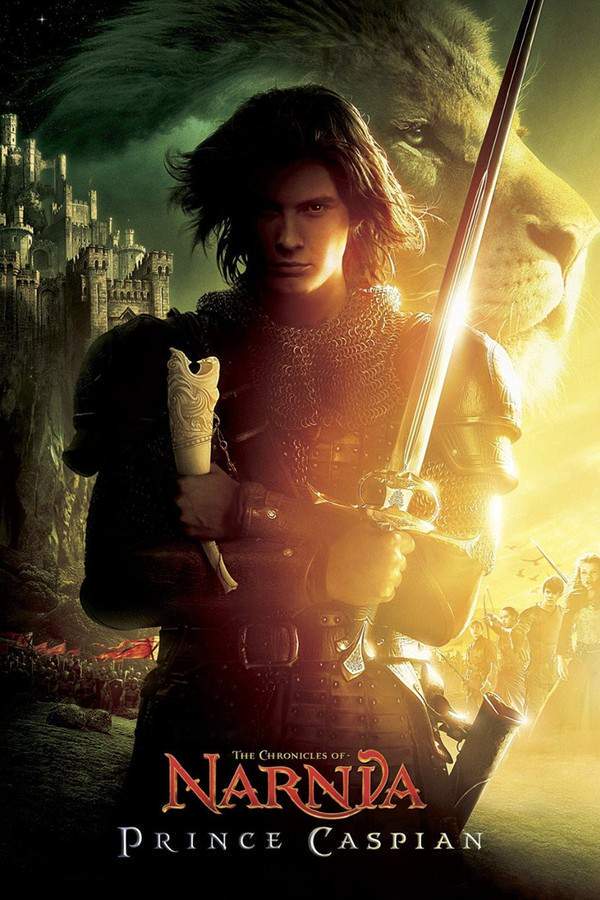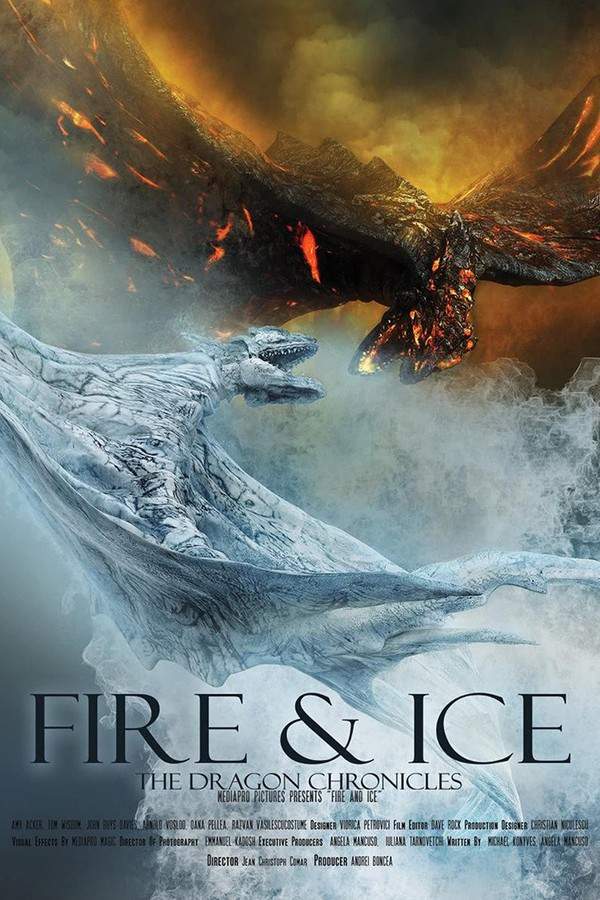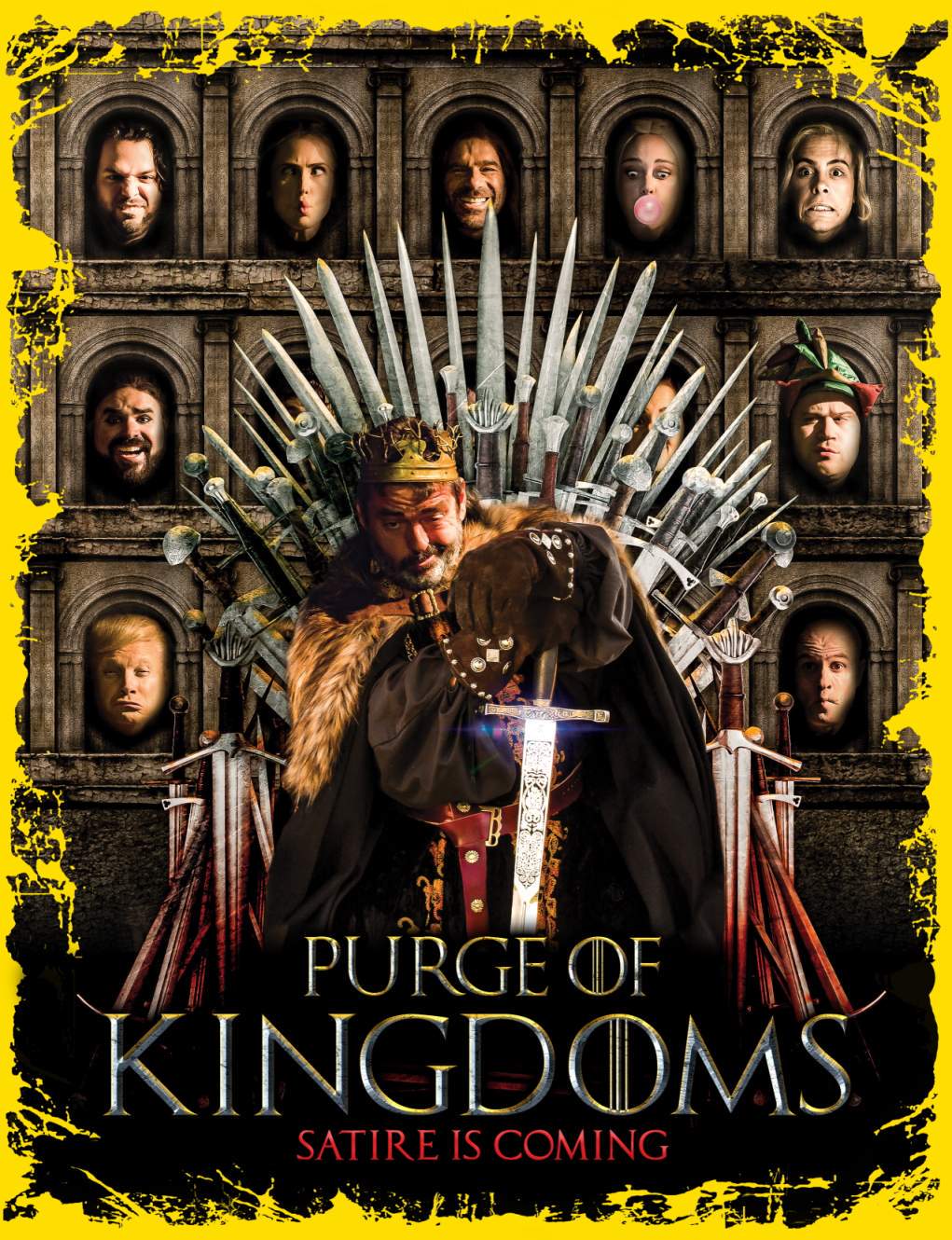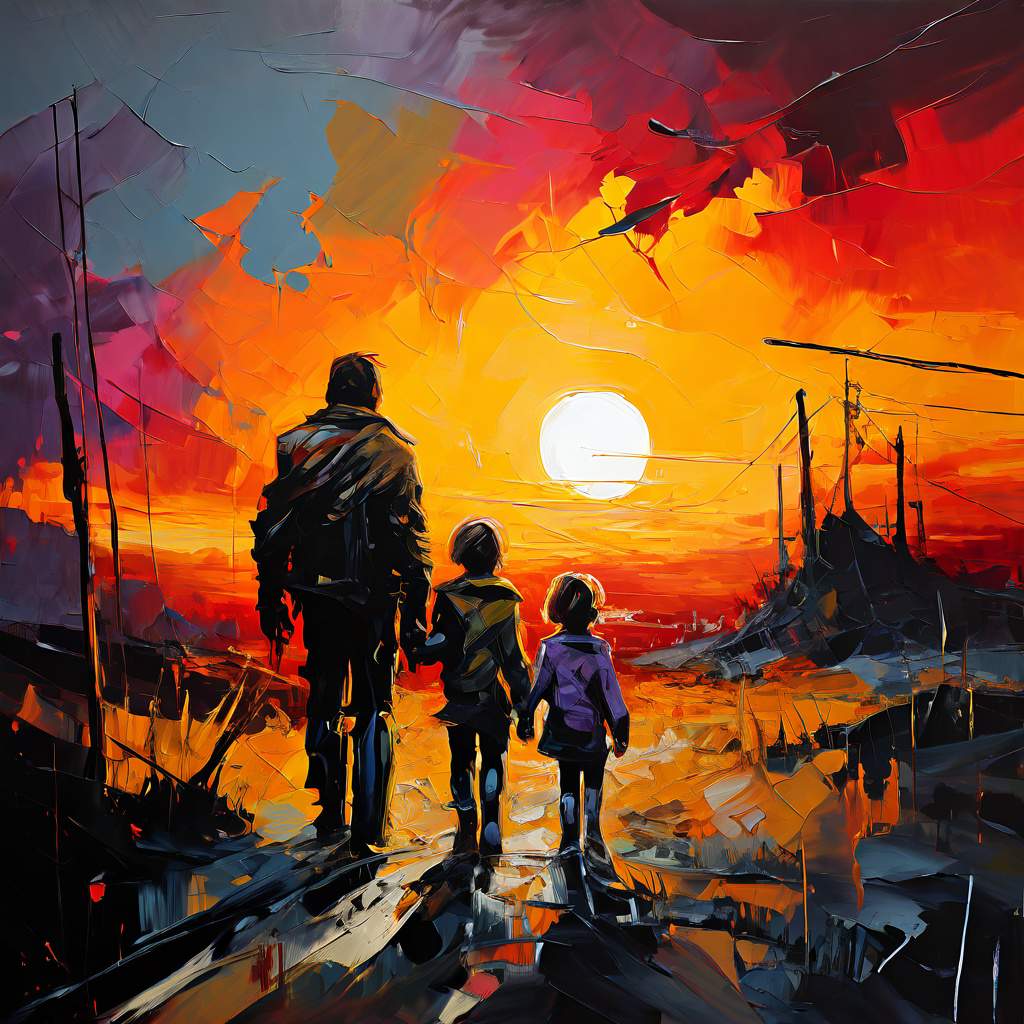What's After the Blog?
Fan Theories • Classic Films
From Literature to Film: The Journey of Fantasy Stories
Delve into the enchanting transformation of fantasy literature into film, exploring iconic adaptations and the future of cinematic storytelling in our latest blog at What's After the Movie.
July 16, 2024

Movies mentioned in this article
From Literature to Film: The Journey of Fantasy Stories
Introduction
The world of fantasy in literature has long been a fertile ground for imagination and escapism. With its intricate world-building and complex characters, fantasy has captivated readers for generations. However, the transition of these fantastical narratives from the page to the silver screen is a journey fraught with challenges and opportunities. This transformation is not merely about visual representation; it involves reimagining these stories in a way that captures the essence of the written word while leveraging the unique strengths of the cinematic medium.
The adaptation of fantasy literature into film requires a delicate balance. Filmmakers must remain true to the source material, respecting the original vision of the author, while also making necessary alterations to suit the visual and temporal constraints of cinema. This process often involves expanding or condensing plot points, visualizing fantastical elements, and casting actors who can bring these beloved characters to life. It’s a task that demands not just a keen understanding of the original work, but also a creative vision and technical expertise to translate complex narratives into engaging films.
In the realm of fantasy adaptations, there have been both soaring successes and notable missteps. Films like The Lord of the Rings and Harry Potter series have set high standards in terms of faithful adaptation and cinematic excellence, becoming cultural phenomena in their own right. On the other hand, adaptations like Eragon have faced criticism for deviating significantly from their source material, demonstrating the challenges inherent in this transformative process. In this exploration, we delve into the journey of fantasy stories from the written page to the cinematic frame, unraveling the complexities and celebrating the triumphs of this remarkable transition.
The Roots of Fantasy in Literature
The genesis of the fantasy genre in literature can be traced back to ancient myths and legends, but it found its modern form in the works of authors like J.R.R. Tolkien and C.S. Lewis. Tolkien’s The Hobbit and The Lord of the Rings trilogy, with their richly crafted worlds and intricate lore, are seminal works that laid the foundation for contemporary fantasy literature. These stories, set in the mythical land of Middle-earth, are not just about epic battles and mythical creatures; they delve into themes of heroism, sacrifice, and the battle between good and evil.
Similarly, Lewis’ The Chronicles of Narnia series, with its allegorical and mythical elements, captivated readers with its magical world and profound narrative depth. These foundational works have inspired countless authors and have been pivotal in shaping the fantasy genre.
Fantasy literature has evolved over the decades, embracing a wide range of sub-genres, from high fantasy and sword-and-sorcery to urban fantasy and magical realism. Authors like George R.R. Martin with his A Song of Ice and Fire series have pushed the boundaries of the genre, integrating complex political intrigue and moral ambiguity into traditional fantasy narratives. This evolution has not only enriched the literary landscape but also provided a wealth of material for cinematic adaptation.
The journey from literature to film in the fantasy genre is not just about translating stories; it’s about capturing the essence of these imaginative worlds and the spirit of adventure that defines them. As we explore this transition further, we uncover the myriad ways in which filmmakers have brought these fantastical realms to life, navigating the challenges of adaptation while paying homage to the original literary masterpieces.
The Art of Adapting Fantasy Literature
The art of adapting fantasy literature into film is a complex and intricate process. It involves not only the faithful translation of the narrative and characters but also the imaginative recreation of the book’s fantastical world on screen. The challenge for filmmakers lies in staying true to the original material while making necessary adjustments for cinematic storytelling. This often involves expanding or condensing storylines, visualizing elements that were only described in words, and bringing complex characters to life in a way that resonates with both fans of the book and new audiences.
One key aspect of adaptation is casting. The right actors can embody the essence of beloved characters, making them come alive for viewers. For instance, the casting of Ian McKellen as Gandalf in The Lord of the Rings was pivotal in bringing J.R.R. Tolkien’s wizard to life. Similarly, the young cast of the Harry Potter series grew into their roles, becoming almost synonymous with the characters they portrayed. Another crucial element is the visual design, which includes sets, costumes, and special effects. The creation of visually stunning and coherent worlds, like the richly detailed Middle-earth in The Lord of the Rings or the whimsical Hogwarts in Harry Potter, requires a meticulous attention to detail and creative vision.
Adapting fantasy literature also often involves translating the book’s thematic depth into film. This can be a complex task, as themes in literature are frequently conveyed through internal monologues and detailed narrative, which don’t directly translate to the visual medium of film. Successful adaptations, like The Chronicles of Narnia, find innovative ways to visually represent these themes, ensuring that the film resonates with the depth and meaning of the book.
”How do film adaptations impact the way we perceive fantasy stories?”
Film adaptations of fantasy literature can significantly impact the way audiences perceive these stories. For many viewers, the film becomes the definitive version of the story, especially for those who haven’t read the books. This visual and auditory experience can shape the viewer’s imagination, influencing how they visualize characters, settings, and events in the story.
For instance, the depiction of Hogwarts in the Harry Potter films has become the iconic image of the wizarding school for millions of fans. The films’ portrayal of magical elements, like spells and mythical creatures, has also become a part of the collective cultural imagery associated with the series. Similarly, Peter Jackson’s interpretation of Middle-earth in The Lord of the Rings films has profoundly influenced how audiences envision Tolkien’s world. The lush landscapes of New Zealand, which served as the backdrop for the films, are now inextricably linked with the fantasy realm.
However, this influence can also lead to controversies, especially when film adaptations make significant changes to the source material. Deviations in plot, character development, or thematic presentation can be a source of disappointment for die-hard fans of the books. This highlights the delicate balance filmmakers must maintain: staying true to the essence of the source material while making the story accessible and engaging for a broader audience. Through these adaptations, viewers not only experience the magic of the fantasy world but also engage in a dialogue between the book and its cinematic interpretation, enriching their understanding and appreciation of the story.
Iconic Fantasy Adaptations
Iconic fantasy adaptations stand as a testament to the successful translation of complex literary worlds into the cinematic realm. These adaptations are not just commercial successes; they are cultural phenomena that have left an indelible mark on the hearts and minds of audiences worldwide. A prime example is Peter Jackson’s adaptation of J.R.R. Tolkien’s The Lord of the Rings trilogy. These films not only captured the epic scale and depth of Tolkien’s Middle-earth but also brought to life its inhabitants, landscapes, and lore with stunning detail and fidelity. The films’ critical and commercial success paved the way for more ambitious fantasy adaptations, demonstrating the vast potential of the genre.
Another noteworthy adaptation is the Harry Potter film series, based on the novels by J.K. Rowling. These films transcended the boundaries of age and culture, creating a magical world that appealed to both young and old. The series’ ability to visually manifest the wonder of magic and the complexity of its characters contributed to its massive global following. The films not only remained faithful to the spirit of the books but also added their unique visual and narrative interpretations, enhancing the magical experience for viewers.
These iconic adaptations share several key attributes. They benefit from strong direction, where filmmakers not only have a deep understanding of the source material but also a clear vision for its cinematic expression. They feature compelling performances that bring beloved characters to life, immersive world-building that captivates the audience, and a commitment to the narrative and thematic essence of the original works. These adaptations do not merely retell the stories; they expand and enrich them, creating an immersive experience that complements the literary original.
The Role of Special Effects and Technology in Fantasy Films
The advancement of special effects and technology has played a pivotal role in the evolution of fantasy film adaptations. Modern special effects have allowed filmmakers to bring to life the fantastical elements of these stories with unprecedented realism and creativity. The use of CGI (computer-generated imagery) and other visual effects technologies has enabled the depiction of magical creatures, intricate landscapes, and epic battle scenes that were previously impossible to achieve.
In earlier adaptations, such as the animated The Hobbit from 1977, filmmakers were limited by the technology of the time, resulting in films that, while charming, could not fully realize the complexity of the source material. Contrast this with the visual splendor of The Lord of the Rings films, where groundbreaking CGI was used to create realistic and engaging representations of Gollum, the Balrog, and vast armies, bringing Middle-earth to life in a way that was both visually stunning and emotionally impactful.
The use of motion capture technology, as seen in the portrayal of Gollum by Andy Serkis in The Lord of the Rings, represents another leap forward in filmmaking technology. This technology allows for more nuanced and expressive performances of non-human characters, adding depth and realism to the fantasy world. Additionally, advancements in set design and construction have enabled the creation of elaborate and authentic-looking worlds. The detailed sets of the Harry Potter films, for example, immerse the audience in the magical world, making it a tangible and believable place.
Special effects and technology continue to evolve, pushing the boundaries of what is possible in film adaptations of fantasy literature. This technological evolution not only enhances the visual spectacle but also allows for a more faithful and imaginative adaptation of these complex and magical stories.
”Which fantasy books have not yet been adapted into films but hold great potential?”
In the realm of fantasy literature, there are still numerous gems that have not yet been adapted into films but hold immense potential for captivating cinematic experiences. One such example is Brandon Sanderson’s Mistborn series. With its unique magic system based on metal ingestion and a richly developed world, Mistborn could translate into a visually stunning and narratively engaging film series. The complex characters and intricate plot would offer ample material for a deep and layered cinematic saga.
Another notable mention is the Kingkiller Chronicle series by Patrick Rothfuss. These books, beginning with The Name of the Wind, are renowned for their lyrical prose and intricate storytelling. The series’ blend of music, magic, and myth, set in a beautifully crafted world, presents a unique opportunity for a film adaptation that could blend elements of traditional fantasy with a more poetic and artistic cinematic style.
The challenge in adapting these books lies not only in their complex narratives and detailed worlds but also in meeting the high expectations of their passionate fan bases. These adaptations would require careful casting, innovative special effects, and a creative vision that remains true to the essence of the source material while also making the story accessible to those unfamiliar with the books.
The Future of Fantasy Adaptations
Looking to the future, the landscape of fantasy film adaptations appears both promising and dynamic. With advancements in technology and a growing appetite for fantasy content, the potential for new and innovative adaptations is vast. The success of series like Game of Thrones and films like The Lord of the Rings has demonstrated the commercial viability and audience interest in high-quality fantasy adaptations.
Emerging technologies like virtual reality and augmented reality present exciting new possibilities for immersive storytelling in fantasy adaptations. These technologies could allow audiences to step into the worlds of their favorite fantasy stories in a more interactive and engaging way. The future might also see a rise in adaptations of lesser-known fantasy works, offering fresh narratives and unique worlds to explore.
The continuing popularity of fantasy literature and the ever-expanding capabilities of filmmaking technology suggest that the journey from literature to film in the fantasy genre is far from over. As filmmakers continue to explore and adapt these magical worlds, audiences can look forward to new and enchanting cinematic experiences that bring their favorite fantasy stories to life in ways they never imagined.
Conclusion
In conclusion, the journey of fantasy stories from the pages of literature to the tapestry of film is a captivating and transformative one. This process not only brings beloved tales to a wider audience but also reinterprets and reimagines them in a new medium. The successful transition of fantasy stories into films reflects a harmonious blend of faithful adaptation, creative vision, and technological innovation. It’s a testament to the power of storytelling and the universal appeal of fantasy narratives.
Through this journey, fantasy films have become a significant part of our cultural landscape, offering escapism, wonder, and a sense of adventure. They allow us to explore complex themes and experience otherworldly beauty, all while staying grounded in universal human experiences. As we look back at the iconic adaptations and forward to future projects, it is clear that the magic of fantasy literature and its cinematic counterparts will continue to enchant and inspire audiences for generations to come.
Invitation to Explore Further
We hope this exploration into the enchanting world of fantasy literature and film adaptations has sparked your imagination. For more insights into the magic behind your favorite movies and the stories that inspire them, continue your journey with us at What’s After the Movie. Dive deeper into the world of cinema and discover the hidden gems and fascinating tales waiting to be explored in our diverse range of blog posts.
Continue reading

What's After the Movie?
Not sure whether to stay after the credits? Find out!
Explore Our Movie Platform
New Movie Releases (2026)
Famous Movie Actors
Top Film Production Studios
Movie Plot Summaries & Endings
Major Movie Awards & Winners
Best Concert Films & Music Documentaries
Movie Collections and Curated Lists
© 2026 What's After the Movie. All rights reserved.

